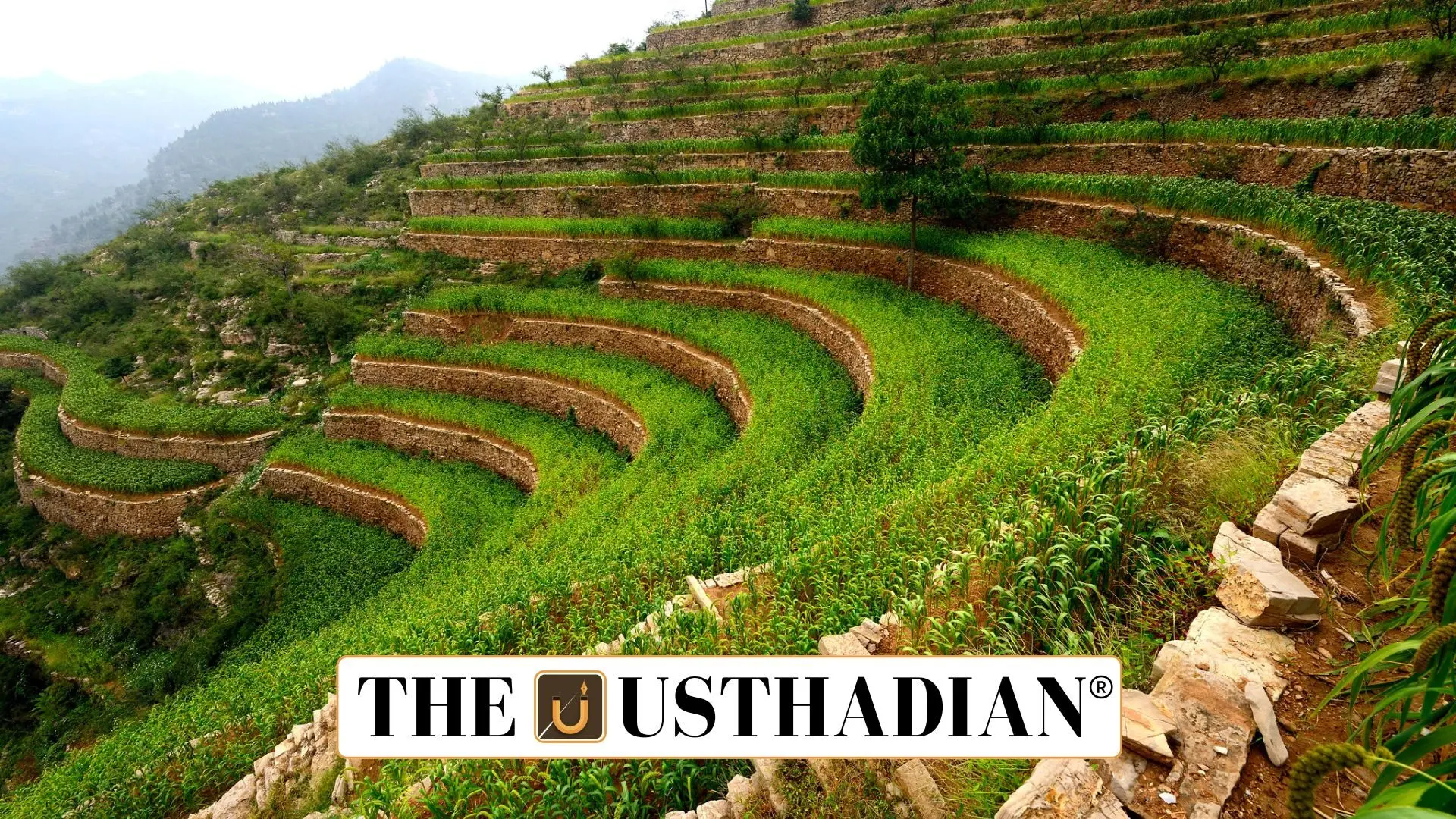Understanding traditional agriculture systems
Globally Important Agricultural Heritage Systems and Their Role in Sustainable Farming: Some farming practices around the world are not just about growing food. They are a way of life, rooted in culture, biodiversity, and sustainability. The Food and Agriculture Organization (FAO), through its Globally Important Agricultural Heritage Systems (GIAHS) initiative, recognises such traditional methods that help both people and the planet. As of May 2025, this network now includes 95 systems in 28 countries, highlighting time-tested agricultural models.
These systems stand out because they balance modern needs with ecological wisdom passed down for generations. They don’t rely on chemical-intensive farming but instead nurture local biodiversity and strengthen cultural traditions.
How GIAHS bridges tradition and modern needs
The concept behind GIAHS is simple yet powerful. These systems combine ancestral farming techniques with sustainable practices suited for their unique environments. Think of terraced farms on steep slopes or crop patterns that align with local climate rhythms. They are not just for nostalgia; they serve today’s world by showing how we can farm responsibly.
Highlighting new GIAHS sites across continents
The FAO has added several new members to the GIAHS list this year, drawing attention from Latin America to East Asia and Europe. Each system reflects its region’s specific challenges and strengths.
Erva-Mate in Brazil
In southern Brazil, farmers grow erva-mate under tall trees in forest-like farms. This helps preserve the Araucaria Forest, home to endangered species. Besides the economic value from erva-mate, farmers also harvest other forest products. This is a working model of how agriculture can support biodiversity and indigenous practices.
Deqing freshwater mussels in China
In Zhejiang, farmers practice fish and mussel co-cultivation, a method over 800 years old. They grow mussels in water channels while cultivating rice and raising fish. This mix not only produces pearls but also keeps water clean and supports aquatic life.
Fuding white tea farming
In Fuding, white tea is more than a crop. It’s part of the region’s cultural identity. Farmers plant tea alongside forests and seasonal crops, promoting agrobiodiversity and preserving rare tea tree varieties.
Gaolan’s pear orchards in arid China
In the Loess Plateau, traditional techniques keep pear trees alive despite dry conditions. These age-old methods reduce erosion and improve food security in an otherwise tough climate.
Metepantle farming in Mexico
This ancient 3,000-year-old system in Tlaxcala uses terraced land to grow maize, beans, and squash. Together, they improve soil fertility and ensure reliable food supply, especially in climate-sensitive zones.
Volcanic farming in Spain’s Lanzarote
Here, black volcanic soil becomes an asset. Farmers collect moisture through tiny rock pits and manage crops in extreme conditions. This method allows them to farm in one of the driest parts of Europe, without exhausting the land.
Why these systems matter today?
In today’s world, climate change and food insecurity are rising concerns. These traditional systems show how knowledge passed down through generations can provide answers. They also help protect rare plant species, promote soil health, and ensure community-level food resilience.
Static Usthadian Current Affairs Table
| Topic | Details |
| GIAHS Full Form | Globally Important Agricultural Heritage Systems |
| FAO’s Role | Recognises and protects traditional farming methods |
| Total GIAHS as of 2025 | 95 systems in 28 countries |
| Brazil System | Erva-Mate Agroforestry in Araucaria Forest |
| China Systems | Deqing Mussels, Fuding White Tea, Gaolan Pears |
| Mexico System | Metepantle terraced farming |
| Spain System | Lanzarote volcanic soil farming |
| Focus of GIAHS | Biodiversity, cultural heritage, climate resilience |
| Initiated by | Food and Agriculture Organization (FAO) |
| Importance | Sustainable, eco-friendly, community-based agriculture |








